1. Lee H, Park J, Choi B, Yi H, Kim SS. Experiences of and barriers to transition-related healthcare among Korean transgender adults: focus on gender identity disorder diagnosis, hormone therapy, and sex reassignment surgery. Epidemiol Health. 2018; 40:e2018005. PMID:
29514430.
2. Bauer GR, Hammond R, Travers R, Kaay M, Hohenadel KM, Boyce M. “I don’t think this is theoretical; this is our lives”: how erasure impacts health care for transgender people. J Assoc Nurses AIDS Care. 2009; 20(5):348–361. PMID:
19732694.
3. Hughes JP, Emel L, Hanscom B, Zangeneh S. Design issues in transgender studies. J Acquir Immune Defic Syndr. 2016; 72 Suppl 3(Suppl 3):S248–S251. PMID:
27429191.
4. Feng Y, Lou C, Gao E, Tu X, Cheng Y, Emerson MR, et al. Adolescents’ and young adults’ perception of homosexuality and related factors in three Asian cities. J Adolesc Health. 2012; 50(3):Suppl. S52–S60. PMID:
22340857.
5. Lee H, Operario D, van den Berg JJ, Yi H, Choo S, Kim SS. Health disparities among transgender adults in South Korea. Asia Pac J Public Health. 2020; 32(2-3):103–110. PMID:
32238067.
6. Yi H, Lee H, Park J, Choi B, Kim SS. Health disparities between lesbian, gay, and bisexual adults and the general population in South Korea: rainbow connection project I. Epidemiol Health. 2017; 39:e2017046. PMID:
29056030.
7. Lee H, Tomita KK, Habarth JM, Operario D, Yi H, Choo S, et al. Internalized transphobia and mental health among transgender adults: a nationwide cross-sectional survey in South Korea. Int J Transgend Health. 2020; 21(2):182–193. PMID:
33015668.
8. Flores AR, Herman J, Gates GJ, Brown TN. How Many Adults Identify as Transgender in the United States? Vol. 13. Los Angeles, CA, USA: Williams Institute;2016.
9. McFarland W, Wilson E, Fisher Raymond H. How many transgender men are there in San Francisco? J Urban Health. 2018; 95(1):129–133. PMID:
28462471.
10. Conron KJ, Scott G, Stowell GS, Landers SJ. Transgender health in Massachusetts: results from a household probability sample of adults. Am J Public Health. 2012; 102(1):118–122. PMID:
22095354.
11. Lee DY, Kim SH, Woo SY, Yoon BK, Choi D. Associations of health-risk behaviors and health cognition with sexual orientation among adolescents in school: analysis of pooled data from Korean nationwide survey from 2008 to 2012. Medicine (Baltimore). 2016; 95(21):e3746. PMID:
27227939.
12. Phillips J, Yi J. Queer communities and activism in South Korea: periphery-center currents. J Homosex. 2020; 67(14):1948–1973. PMID:
31135329.
13. Oh JW, Yun Y, Lee ES. A review of gender-affirming hormone therapy for transgender and gender diverse adults in South Korea. J Menopausal Med. 2022; 28(3):92–102. PMID:
36647272.
14. Koch JM, McLachlan CT, Victor CJ, Westcott J, Yager C. The cost of being transgender: where socio-economic status, global health care systems, and gender identity intersect. Psychol Sex. 2020; 11(1-2):103–119.
15. Snow A, Cerel J, Loeffler DN, Flaherty C. Barriers to mental health care for transgender and gender-nonconforming adults: a systematic literature review. Health Soc Work. 2019; 44(3):149–155. PMID:
31359065.
16. McCann E, Sharek D. Mental health needs of people who identify as transgender: a review of the literature. Arch Psychiatr Nurs. 2016; 30(2):280–285. PMID:
26992883.
17. Lim HH, Jang YH, Choi GY, Lee JJ, Lee ES. Gender affirmative care of transgender people: a single center’s experience in Korea. Obstet Gynecol Sci. 2019; 62(1):46–55. PMID:
30671393.
18. Hyde Z, Doherty M, Matt Tilley PM, McCaul KA, Rooney R, Jancey J. The First Australian National Trans Mental Health Study: Summary of Results. Perth, Australia: Curtin University of Technology, School of Public Health;2014.
19. Hanna B, Desai R, Parekh T, Guirguis E, Kumar G, Sachdeva R. Psychiatric disorders in the U.S. transgender population. Ann Epidemiol. 2019; 39:1–7.e1. PMID:
31679894.
20. Carmel TC, Erickson-Schroth L. Mental health and the transgender population. J Psychosoc Nurs Ment Health Serv. 2016; 54(12):44–48.
21. Bouman WP, Claes L, Brewin N, Crawford JR, Millet N, Fernandez-Aranda F, et al. Transgender and anxiety: a comparative study between transgender people and the general population. Int J Transgenderism. 2017; 18(1):16–26.
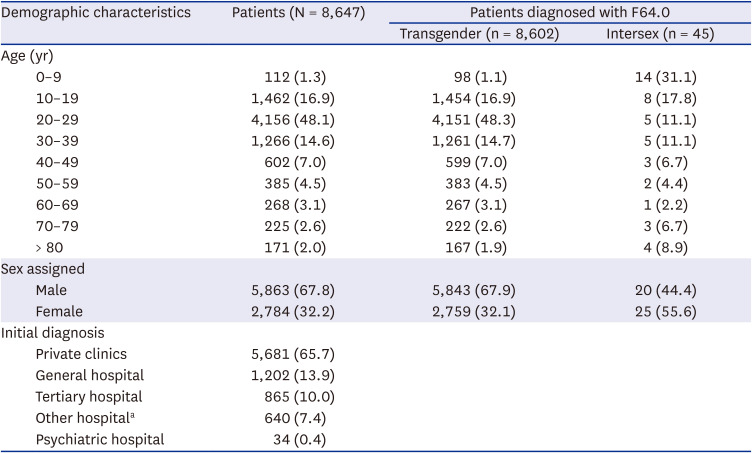
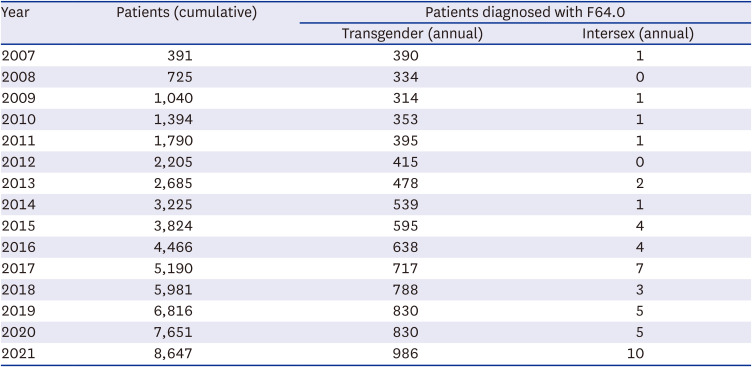




 PDF
PDF Citation
Citation Print
Print



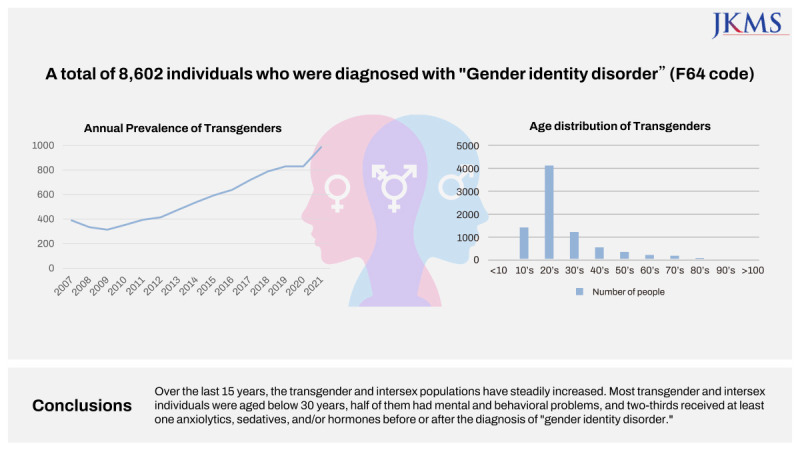
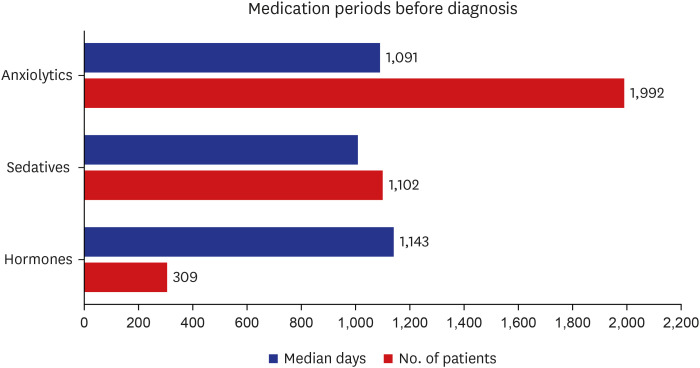
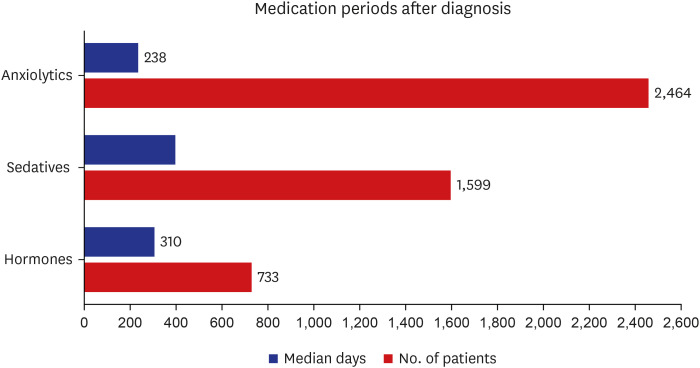
 XML Download
XML Download